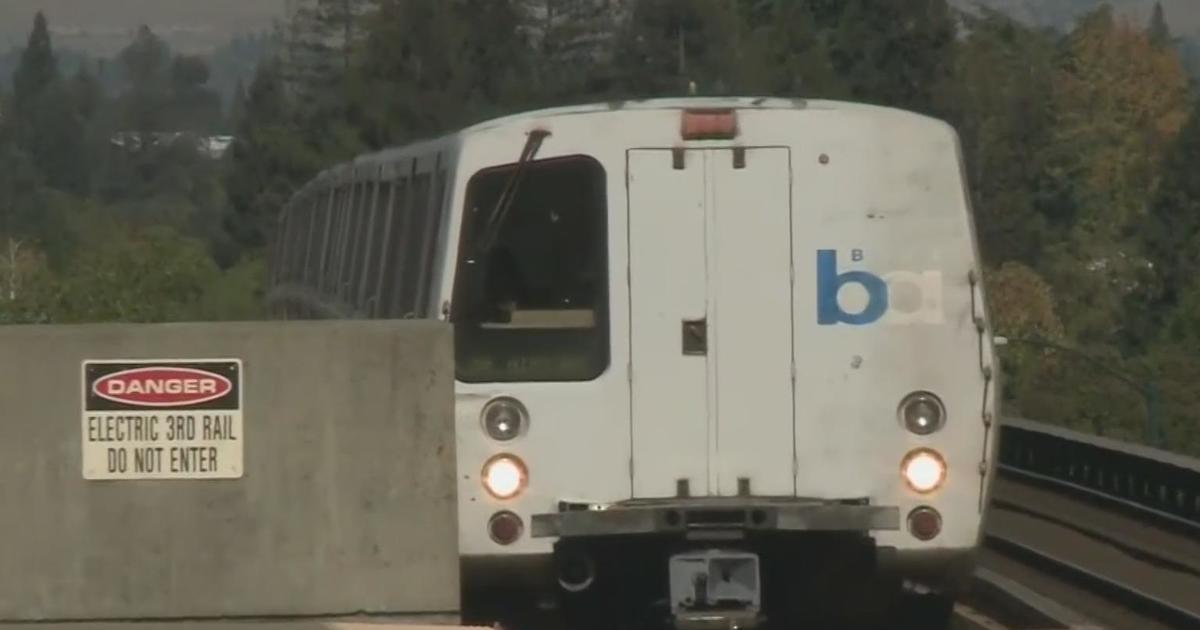PG&E Raising Electric Transmission Rates, Makes Billing Changes In March
SAN FRANCISCO (CBS SF) – Some PG&E customers may see lower energy bills, while others may see higher bills, starting next month due to changes being made to the company's billing system, the gas and electric company announced Monday.
Beginning on March 1, changes to will be implemented throughout Northern and Central California in an effort to simplify rate structures and promote energy conservation.
The changes were also brought forth in order to modernize the pay system and to balance rate tiers, eventually moving to a time-of-use rate structure, according to PG&E officials.
On March 1, the billing system will be reduced from three to two tiers, simplifying the rate structure. Additionally, a High Usage Surcharge will be introduced, which will encourage energy conservation, PG&E officials said.
On top of the structural changes being made to the billing system, electric transmission rates will also increase on March 1,with residential customers seeing a 2.1 percent increase in that part of their bills.
Even with the increase, however, PG&E customers' bills remain below the national average, according to recent data, according to PG&E.
The changes were also made because, according to company, the current rate structure is outdated, complex and confusing for customers, as it was established in response to a 2001 energy crisis.
Since then, in order to encourage energy conservation and efficiency, costs of the company's service to maintain the energy grid and ensure reliable service were disproportionably placed on customers in the higher tier structures, often impacting customers who live in hotter climates.
The rate structure resulted in an imbalance between how customers in the lower and higher tiers pay for costs in providing service, PG&E officials said.
Customers who find themselves in a higher tier pay rate and need to cool their homes during hotter months, may benefit from the changes.
After the changes are implemented, customers who need to use more energy may see lower bills, while customers who normally are able use less energy may see higher bills.
Additionally, customers who use more than four times the baseline amount of electricity will receive a High Usage Surcharge. The baseline amount of electricity for each customer depends on their location, the season and their home heating system.
Less than 10 percent of residential customers will likely incur the surcharge, according to PG&E.
The surcharge only applies to customers on PG&E's tiered electric rate plans and is intended to encourage energy conservation among customers whose electricity use is significantly higher than typical households.
"We understand that any change to the way our customers are accustomed to being charged for energy may cause some questions," PG&E Vice President of Customer Service Deborah Affonsa said in a statement.
"We want all of our customers to know that we're here to help them understand these changes and manage their energy costs. We offer new rate options as well as free programs and tools to help customers take control of their energy use and make smart choices," Affonsa said.
The recent changes were developed by PG&E and the California Public Utilities Commission, as well as several consumer interest groups, according to PG&E officials.
The changes in the billing system come after two recent rate hikes, one in August and another in January.
Those hikes initially caused some concern with customers.
The Utilities Reform Network, a San Francisco-based advocacy group for utility customers said earlier this month that customers had claimed that their gas bills had doubled and even tripled during the last few months.
Additionally, after learning of the complaints, Sen. Jerry Hill (D-San Mateo and Santa Clara counties) said earlier this month that his office would look into customer complaints about the higher bills.
© Copyright 2017 by CBS San Francisco and Bay City News Service. All rights reserved. This material may not be published, broadcast, rewritten or redistributed.



